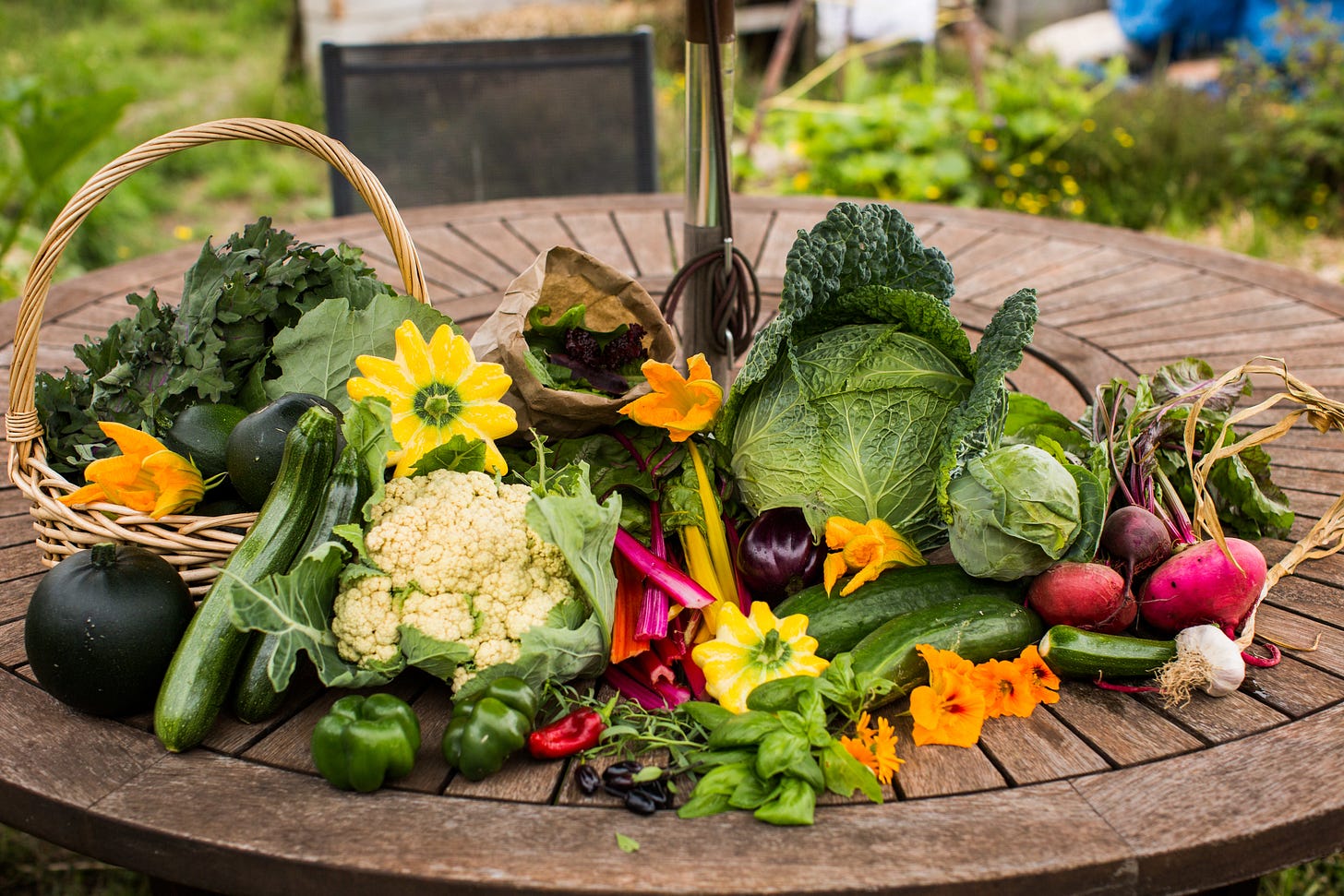During World War II, a different kind of battle was waged not on foreign soil, but in the backyards of everyday Americans. While soldiers fought overseas, families at home took up rakes and hoes, growing food with a sense of purpose and urgency. This movement—known as the Victory Garden campaign—wasn’t just symbolic. It was practical. At its peak, these gardens supplied more than 50% of America’s fresh fruits and vegetables, feeding communities while freeing up resources for the war effort.
But this wasn’t just about gardening—it was about resilience, agency, and collective power.
From Soil to Supermarkets: The Shift That Changed Everything
After the war, the same chemical innovations used in combat found their way into our food system. Synthetic fertilizers and pesticides became the backbone of industrial agriculture. We traded local know-how and community collaboration for monocrops and machines. The soil, once alive with biodiversity, became barren—just another input in a mechanized equation.
And our health has suffered.
Today, the United States faces skyrocketing rates of childhood obesity, prenatal diabetes, and other chronic diseases that were virtually unknown in earlier generations. These are not isolated health crises—they are the result of systemic nutrient depletion, processed food dependency, and a broken relationship with the very ground that feeds us.
Why Not a New Victory Garden?
If the gardens of the 1940s could supply half the nation’s produce, what could we do today—with our technological advancements, permaculture wisdom, and the power of global connection?
Why don’t we launch a New Victory Garden Movement, one rooted in regeneration, not just survival?
Imagine neighborhoods where tomatoes, kale, and carrots grow in front yards instead of lawns. Picture rooftop gardens in cities, balcony pots overflowing with herbs, and community plots where food is exchanged like stories—building not just nutrition, but connection.
This isn’t a fantasy. It’s already happening in pockets across the country—from urban homesteads to indigenous food sovereignty projects. What’s missing is scale, support, and cultural will.
Food as Freedom—and Responsibility
The right to grow your own food is not a luxury. It is a fundamental freedom. But like all rights, it comes with responsibility—especially in an era of climate crisis, soil erosion, and food insecurity.
If we care about the health of our children, if we want them to learn, grow, and thrive—we must give them real food. Not ultra-processed calories, but nutrient-rich, soil-grown, community-supported food.
It starts by putting our hands in the soil. By learning to compost. By planting seeds. These small acts are revolutionary.
The Economy of Sharing, the Ecology of Caring
A regenerative future isn't just about individual gardens. It's about creating polycultures—both in our landscapes and in our communities.
Trading a basket of tomatoes for fresh eggs. Swapping compost tips over the fence. Building relationships rooted in mutual care, just like companion plants sharing the same patch of earth. This is real economy, and it mirrors the way nature works—diverse, interdependent, and abundant.
Let’s Reclaim Our Role as Stewards
We’ve handed over our food systems to multinational corporations. But the power to nourish, to heal, to regenerate—it still lies with us. In our hands. In our choices. In our soil.
As I’ve said before, regeneration isn’t about going back to the past. It’s about healing forward—choosing practices that give more than they take. Practices that rebuild the land, revitalize communities, and restore our connection to what truly matters.
So here’s the call: Plant something. Teach your kids. Swap seeds with a neighbor. And vote—both at the ballot and with your fork—for leaders and systems that put soil health first.
Because the future of our food is the future of our freedom.
Ready to dig in? Join the movement at CommonGroundFilm.org and 100MillionAcres.org.
Sign up for updates, resources, and action steps in our Take Action Guide and Voting Guide.





I’d love to see ‘front yard garden’ companies rather than landscape companies building these everywhere. A business idea I need to follow up!